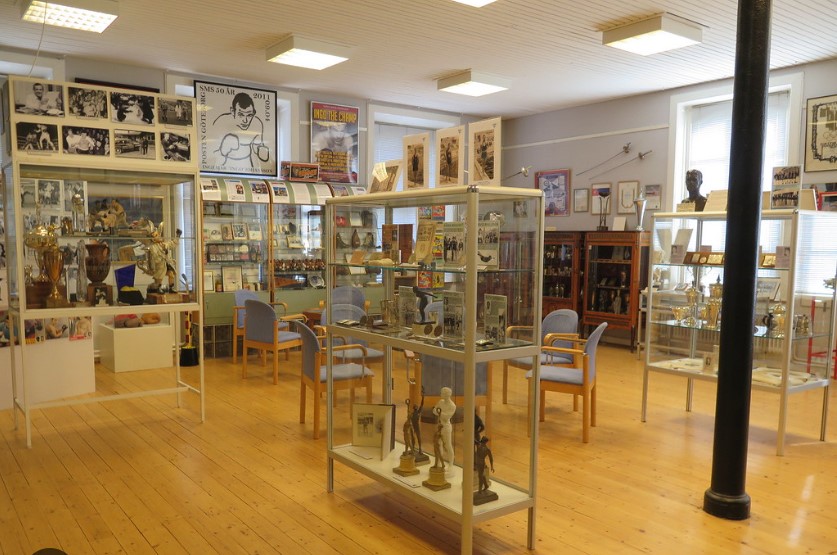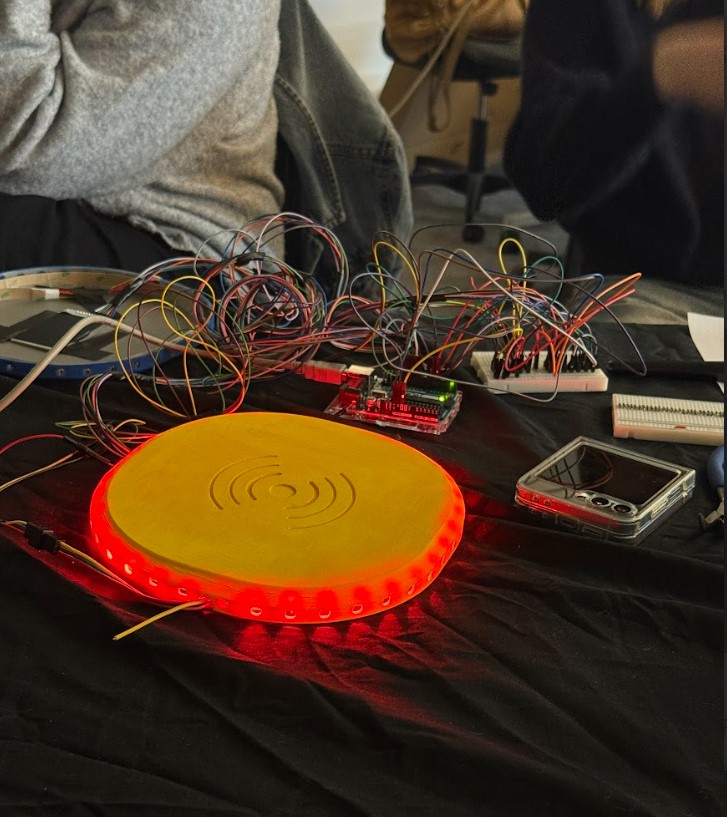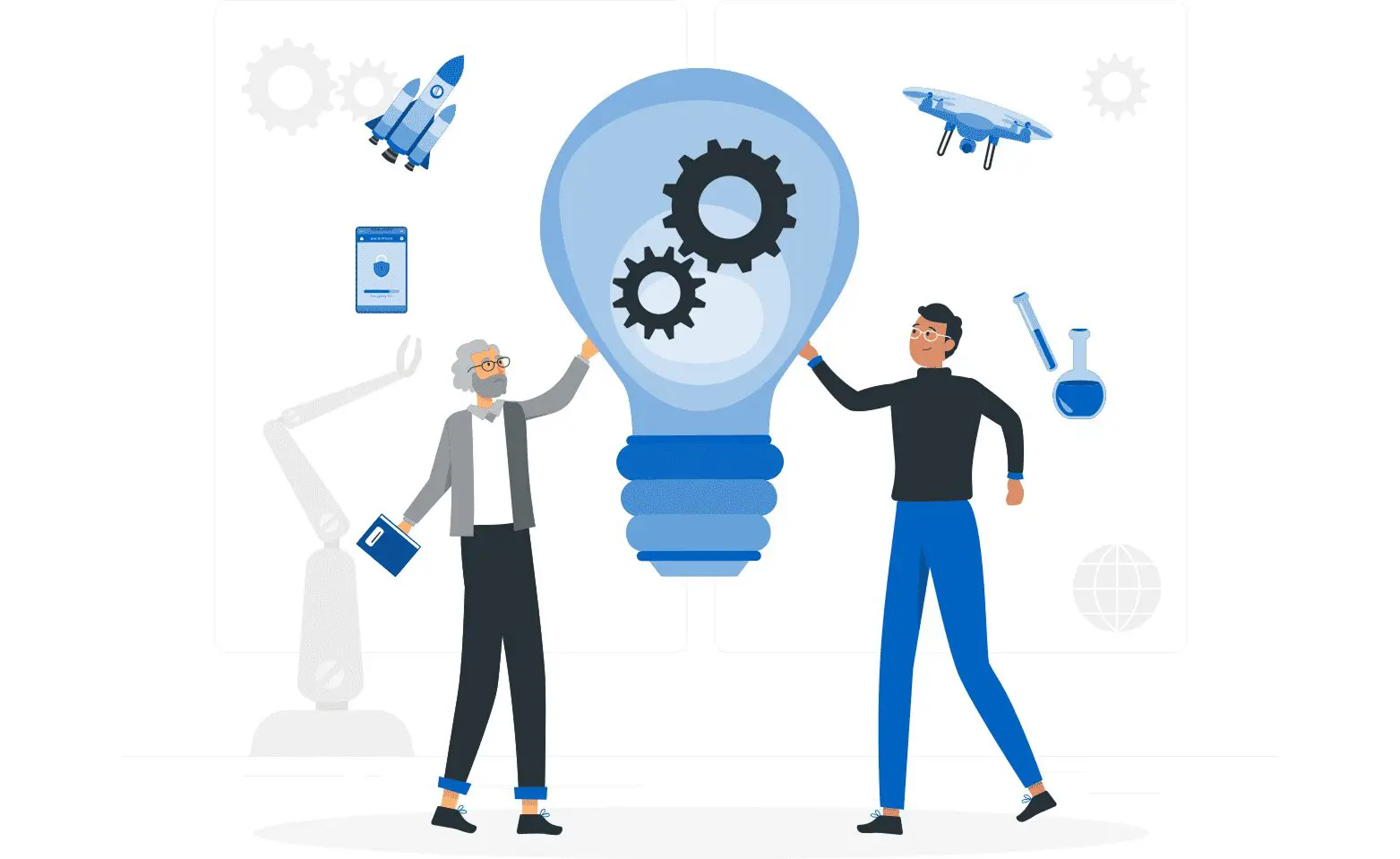Try the Quiz!
Select the correct object based on the question below:
Grab the Past is a fast-paced interactive quiz game where two players go head-to-head to identify real-life sports-related objects in response to questions displayed on a screen. Players must quickly choose an object such as a helmet, boxing glove, or pair of shoes that they believe answers the question, and physically place it on a scanning platform. The platform provides immediate feedback with a green light for a correct choice and red for an incorrect one, adding excitement and intensity to every round. Players will get instant feedback: green light for correct and red for incorrect around the platform. Points are tracked, clips of the object in historical use are shown, and each question brings Swedish sports history to life.

Select the correct object based on the question below:
Developed for Gothenburg Sports Museum, this concept involves close and active collaboration with the museum staff and users aged 10–30. Authentic objects loaned by the museum add realism and emotional value to the game. The project encourages user participation through prototype testing and feedback loops, making the museum visit dynamic and inclusive.
The Sports Museum in Gothenburg is located in the historic Kviberg barracks and spans three floors. It opened in 1983 and is run by the foundation Idrottsmusei Vänner, a non-profit organization established in 1984. However, the idea of creating a sports museum had existed long before, possibly as early as 1956 when the Gothenburg Sports Committee was founded. At the old Ullevi stadium, a large archive had already been built up, containing materials from both the Gothenburg Sports Federation and the Ullevi company, dating back to 1900 and 1916 respectively, along with issues of Swedish sports press going as far back as the 1880s.

The game is powered by an Arduino system using NFC readers to detect the objects placed by each player. A large display presents the questions and plays videos showing the correct answer in action. Platforms with LED feedback provide immediate response. Figma is used for interface design, and physical interactions with real museum objects create a unique, educational experience. Figproxy was used to facilitate communication between the Arduino and the Figma interface.

We plan to create replicas of the objects, as we've observed that players are concerned about damaging the originals during intense competitions. While this may reduce the unique experience of handling the real items, it helps preserve them. Additionally, we aim to enhance the experience by adding sound effects for the question narration, countdown timer, and answer reveal.
